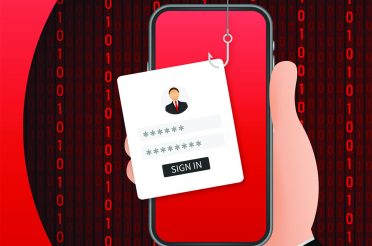With the forced dispersal of the workforce, students, and the general populous, now is a good time to tighten up your home router and WiFi network. Scammers and hackers don’t take holidays – in fact given the increased uncertain and fear in the community, we are seeing more cases of at-home phishing and scam attempts.
Here are some simple actions you can take today to keep those parasites out of your home network and VPNs.
- Change the default “admin” password.
Most routers have a default username / password combination of “admin” / “admin” (or something easily guessed) with a default network address of something like 192.168.1.1 , 192.168.1.100, or 10.1.1.1. You can literally Google default router login for X model and steps will be provided on how to log in using default credentials. Not changing your admin credentials is a hacker’s dream.
Now that your staff are working from home with your sensitive information sitting on various laptops and desktop systems, you need to be more vigilant than ever to look after your data.
Log onto the routers management interface and change the password to a best practice standard that you may already implement internally (or we can recommend for you).
- Improve the basics of home WiFi security
WPA2 and the newer WPA3 should be the configuration options of choice. Older WEP and WPA versions are more susceptible to basic brute force attacks by hackers, and Mac filtering has long been problematic. If the router offers the option, configure a guest WiFi network (for when visitors are allowed to return to your property), use WPA2 or WPA3 security, and use a strong SSID password. This may seem overly cautious but many domestic attacks stem from computers that are harbouring malicious content that the user may not even know about. These are difficult circumstances as it is without a guest accidentally and unknowingly exposing your corporate devices and data through your home network.
- Secure your smart home devices (e.g., IoT devices such as Alexa, Google Home etc)
If you’ve got smart home devices / IoT devices connecting to your network (e.g., fridges, CCTV cameras, lights, door bells, pool controllers, etc), make sure each device’s password is changed from the default settings. Again, this is more important right now than ever because the home network is being used exponentially more each day than previously. There is no shortage of Work From Home cyber criminals who are sweating on an unprotected, overlooked networked device.
- Keep firmware / software up to date on all home devices.
It is common knowledge and common practice in the workplace to keep all network connected devices patched and up to date to mitigate against security vulnerabilities. At home, that’s no different and it is even more important now as hackers will be working hard to access unpatched network-connected devices as an easy entry point. If automatic updates are possible on the device, consider allowing it – if you are not disciplined enough to read the release notes and update manually, click “yes”!
It’s a good idea to regularly go to your vendor’s websites and check for updates manually. It’s a little tedious and requires discipline but does not diminish its relative importance in keeping you and your business safe.
Even at home, keep your screens locked when you are not at the computer and keep to good physical security practices (e.g., don’t leave your laptop in the car).
Aryon is here to help you. By all means send us an email or give us a call if you are not sure how to best secure yourself or your team whilst they are offsite. We will do whatever we can to make sure you are safe, secure, productive and mobile.
Keep safe,
From the team at Aryon.








